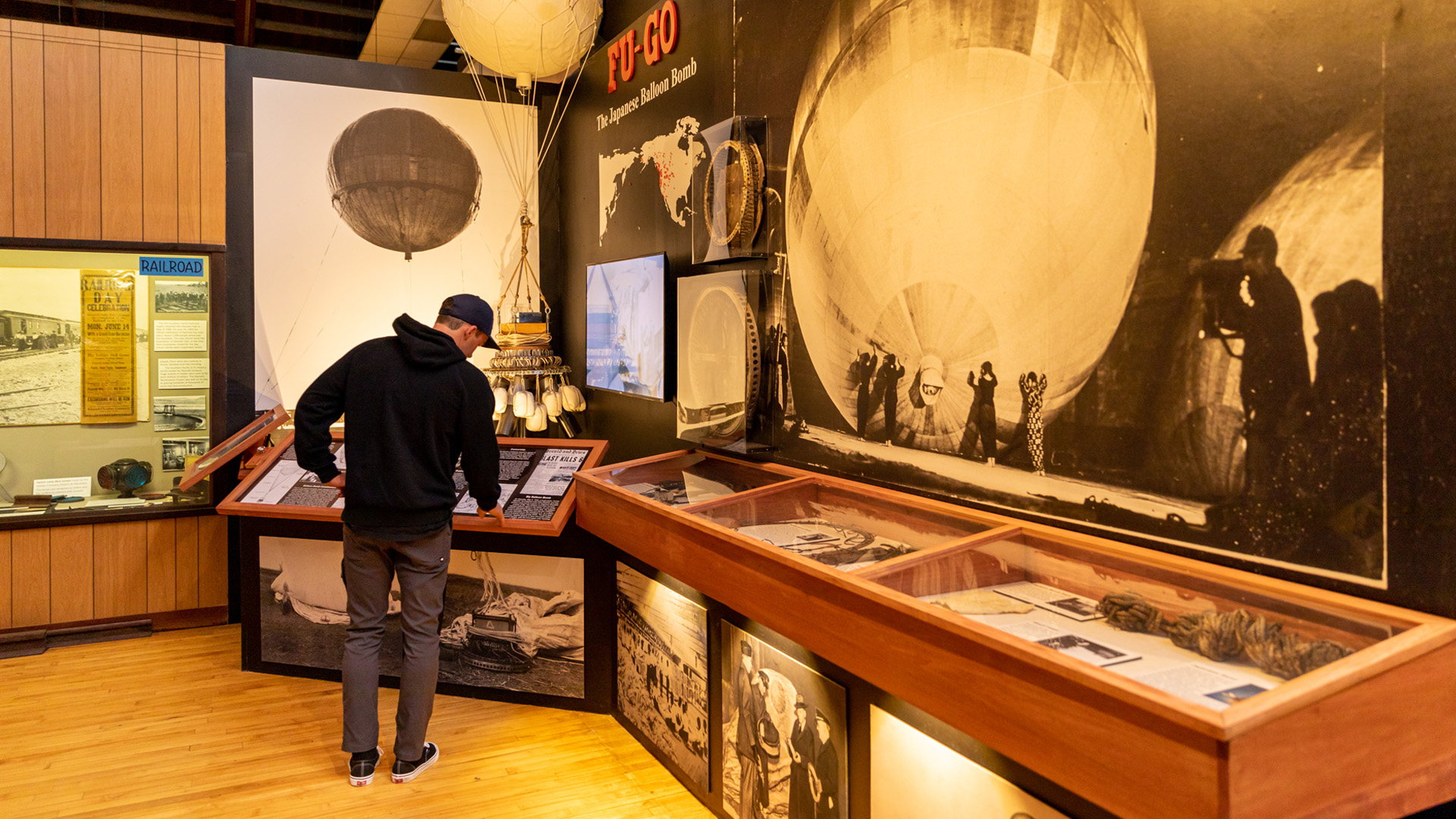
order a guide
JOIN OUR NEWSLETTER
Travel Alerts
Crater Lake National Park
Lava Beds National Monument
Tule Lake National Monument
Discover Klamath Welcome Center
M-F 9:00am - 4:00pm
M-F 9:00am - 4:00pm
Winter 2024
Road Conditions
Stay up to date with road conditions on TripCheck.
July 24, 2024
Wildfire Season
Click here to be redirected to a Travel Oregon page for updates about wildfires affecting Klamath.


























